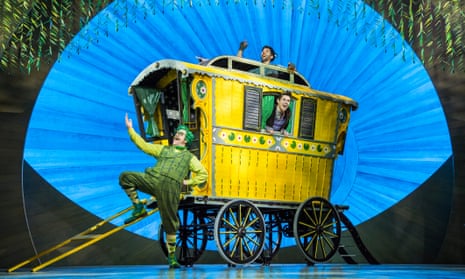I grew up in a very small town in Iowa in the 60s, where the library was a single, graceful room with a golden oak circulation desk, which overlooked everything but a lone bookcase packed with the complete American Heritage backlist. Books were divided into children’s, mysteries, science fiction, romance, biography, science, nonfiction (we didn’t have rarefied arcana like history or current events). “New Acquisitions” were whatever had been dropped off recently: old Agatha Christies, accidentally ordered Book of the Month Club selections, agricultural yearbooks from the 1950s.
I read them all. Once I finished the children’s section, I started at the upper left-hand corner of the first bookcase (mysteries), and proceeded methodically. This made for some highly age-inappropriate choices, as when I waded through the Decameron aged 10. I read everything the same way, uncritically and going with the flow whenever I couldn’t understand.
Books were good or bad according to whether I could imagine myself into them. Was there anyone in this story I could grow up to be? Was there anyone I would want to be? The answer was often (so often) no. I became a genius at reinventing the books I read. If there were no women, I’d just insert one – maybe a plucky but hitherto unknown sister, or an abductee from Earth (Iowa specifically) – and then re-plot as needed. Sometimes I swapped characters’ genders: Merry in The Lord of the Rings could easily be a girl, as could Frodo. For others, I made up exciting backstories, or even went completely off-script: Anna Karenina shoots that mean man dead and flees to Arabia! Tess starts a mill!
I liked the challenge of adult books, but I read kids’ books as well. There, too, the girls were often boring: dull and drippy, either princesses or trapped in the real world, which meant that sooner or later even the small amounts of fun they were having would end as they turned into wives, mothers or adulteresses, per my adult reading.
Then came The Wind in the Willows. It was a perfect book for me. Kenneth Grahame’s vocabulary and diction seemed thrillingly grownup and his world, rural Edwardian England, as alien as Narnia. There were few women - but then, there were almost no men, either. They were all animals: staunch Mole, sociable Water Rat, severe Badger, the ever-troublesome Toad, Otter, and all those vile stoats and weasels. I could shoehorn myself into all of their roles. (I doubt now that a human female in Edwardian England would have been permitted the sorts of adventures I was envisioning.)
As an adult, I began to think more critically about where a women would fit into these beloved novels. If I could chase the White Rabbit and dine with Trimalchio, what would my adventures be? They wouldn’t come from the women already in the canon – who would want to be Hester Prynne or Miss Havisham? Who would want even to hang around with them?
I wondered whether the writers that I loved who thoroughly excluded women, such as Grahame and HP Lovecraft, were doing so deliberately or out of ignorance? I started an experiment to find out: choosing a work by each, I introduced female characters to see what that told me about their earlier absence.
My experiment with Lovecraft’s novella The Dream-Quest of Unknown Kadath became a book, The Dream Quest of Vellitt Boe. But taking on The Wind in the Willows was very different. With his talking animals, Grahame had captured a very specific milieu: single, property-owning men of the Edwardian countryside. To these men, most women were invisible glue that held things together: wives, mothers, daughters, mistresses, chars and chambermaids. Male characters couldn’t just be replaced with females and remain true to the world being depicted. A lady Mole would need a companion for respectability, a source of money, means to get around. Like so many women of the Edwardian era, she would have to have her own way in to this world; thus Beryl, the Mole authoress, and her Rabbit companion, came to be in my rewrite, The River Bank.
I am not the only author doing this. Many writers are engaging creatively with canonical works that have problematic stances about race, class, ethnicity, age, colonialism. Mat Johnson confronts Poe’s racial politics (Pym), Victor LaValle takes on Lovecraft (The Horror at Red Hook becomes The Ballad of Black Tom), as do Cassandra Khaw, Caitlin S Kiernan and others.
Writers shouldn’t hesitate to rethink classics. We can reverse engineer any work, its author, and the world from which their work grew, to painstakingly build a story that opens up the ignored, forgotten or blocked-off passageways in the original. It’s a mark of our affection for a work that we labour so hard to understand and, perhaps, to redeem it.
- Kij Johnson is an author. Her most recent book is a take on The Wind in the Willows, called The River Bank.
